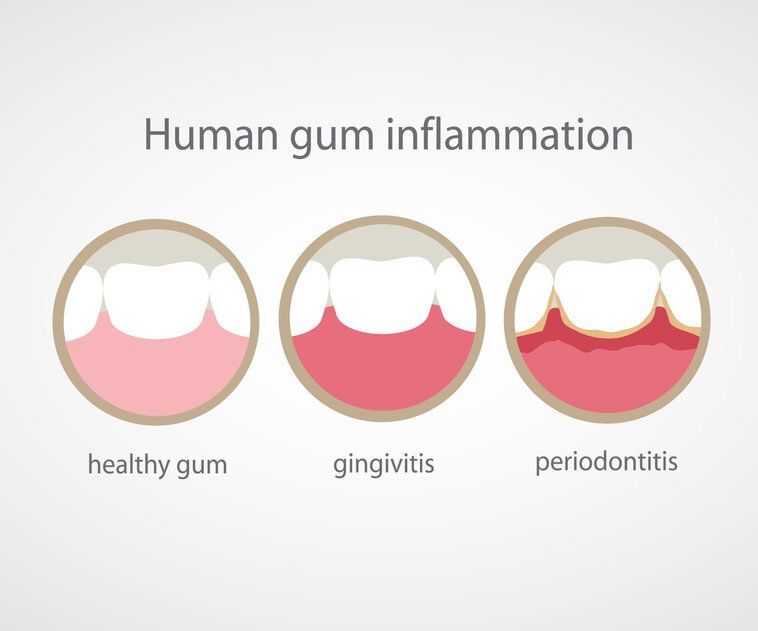What Can You Do About Gum Disease Symptoms
- By Mary Marks
- •
- 16 Jul, 2021
- •

Although you may have some signs of gum disease, such as inflammation and bleeding gums, you may not know you have gum problems until you go to the Colorado sedation dentistry office for an examination. This is because gingivitis, the first stage of gum disease, may not be painful and often goes undetected. Gingivitis can also be omitted in smokers because smoking can hide its initial symptoms.
For this reason it is important to go to the dentist regularly, because the specialist can detect the signs of gum disease even when they are not obvious, and you will be able to take the necessary measures before the problem worsens.
Gingivitis is often caused by bacterial plaque deposits on, around and between the teeth. When the bacterial plaque is not removed by regular brushing, the gums can become irritated and inflamed, bleed and eventually withdraw from the teeth. Eventually, the gingival disease progresses to the involvement of the alveoli. This is the advanced stage of gingival disease - called periodontitis, it is irreversible and can cause tooth loss.
If your dentist has diagnosed you with gingivitis, he or she should give you qualified advice on what treatment you can do to prevent the condition from getting worse. Organizing a proper gum and tooth care routine is the best way to prevent and treat gum disease, but this cannot be considered as an alternative to regular visits to the dentist or oral hygiene specialist.





Although oral sedation dentistry Highlands Ranch is one of the optionsavailable for managing anxiety and discomfort during oral surgery, you certainly do not need to use it all the time. As a matter of fact, the exact type of sedation or anesthesia that you receive during oral procedures may depend on various factors, such as the complexity of the procedure, your medical problems, as well as your doctor’s preferences.
There can be several different levels of sedation that can be used in oral surgery. Local anesthesia is one of them. This involves injecting anesthetic medication into the specific area where the surgery will take place. It numbs the area and is often used for less invasive procedures.
Oral sedation involves taking medication in the form of a pill to induce a state of relaxation and drowsiness. The patient is still conscious, but he/she may not be fully aware of the procedure. At any rate, sedation helps him/her get rid of anxiety.
In the case of intravenous sedation, medication is administered through a vein, which induces a deeper state of sedation than oral sedation. Patients may still be conscious, but they are less aware of their surroundings and may not remember the procedure.





